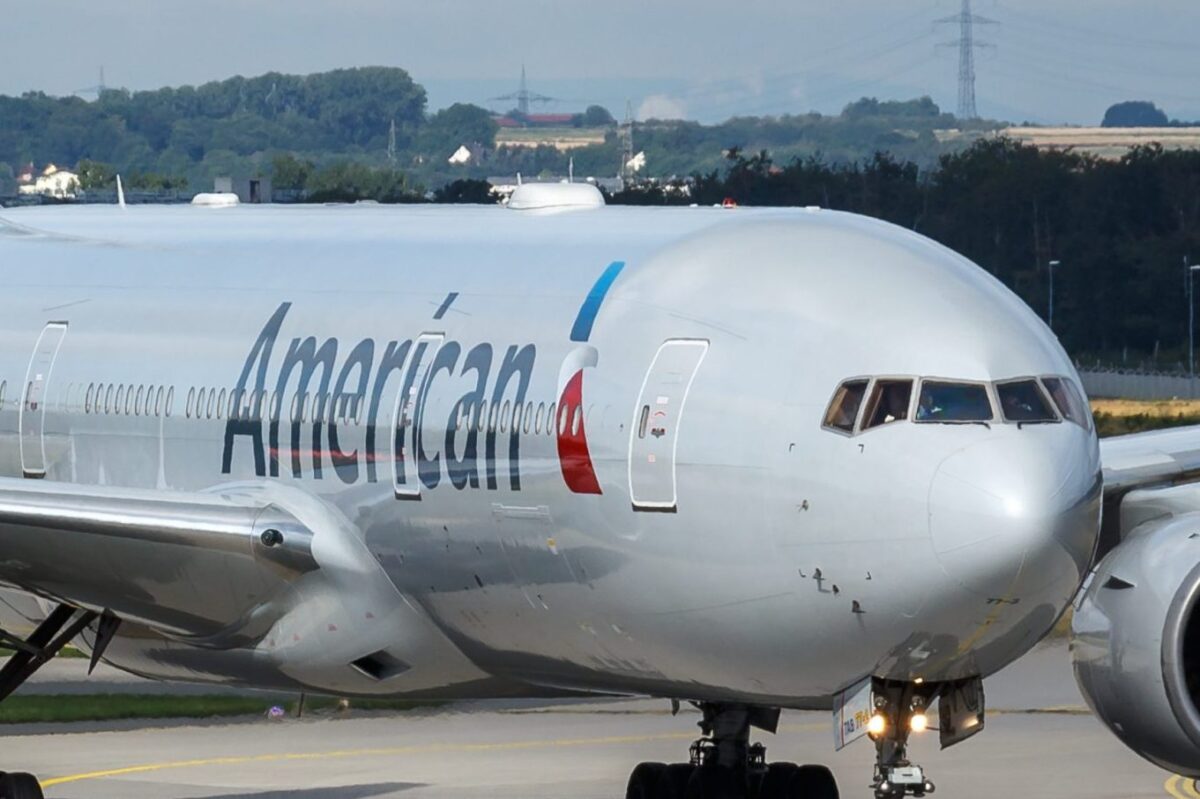Croatia Welcomed Americans This Summer — How’d That Work Out?

Skift Take
Americans eager to vacation in Europe this summer have very few options. While the European Union has advised that member states don’t allow travelers from the U.S. due to the rate of infection there, Croatia has ignored that advice. It is allowing American tourists to visit if they can produce a negative Covid test and abide by certain restrictions.
So, how’s that working out?
From a visitation perspective, Croatia is doing quite well. In July and August thus far, 4.2 million foreign tourists arrived for vacations, according to the nation’s ministry of tourism. Visitation in the first 23 days of August was 67 percent of that in 2019, exceeding the country’s expectations. It’s also considerably better than the inbound visitation level for Europe at large, which ForwardKeys projects will be just 30 percent of 2019 levels in the fourth quarter of this year.
Most of those visitors to Croatia were from other nearby European countries, with 1 million from Germany, 650,000 from Slovenia, 520,000 from Poland, 320,000 from Czech Republic, and 265,000 from Austria. The tourism ministry told Skift 20,000 visiting tourists since July came from the United States.
But have all those visitors brought with them new cases of Covid-19? Having been spared in the earlier wave of the pandemic, Croatia has seen an uptick in cases over the last several weeks. The European Center for Disease Control and Prevention reported that for the week of Aug. 10 to 16, there was a 174 percent increase in the rate of infections compared to the week prior. Some other European vacation hot spots in the Mediterranean have seen the same trend.
On August 20, the UK removed Croatia from its “safe list,” meaning travelers returning to the UK from Croatia must quarantine for 14 days. Austria followed suit, and Germany (the country’s largest source market) has now issued travel advisories for hotspots in Croatia. Croatia’s tourism minister said the move by the UK was unfair.
The ministry of tourism told Skift that “whether current epidemiological situation is influenced by number of tourist arrivals in Croatia during the past two months is difficult to presume so as the spike is mostly connected to certain areas where epidemiological measures where not followed, not because of foreign visitors.”
The nation’s tourism board also noted that that “new restrictions have been placed on working hours and guidelines for bars and nightclubs, while the regions most affected have currently imposed more stringent measures with regard to gatherings over the next two weeks, which may be extended if necessary.”
Croatia’s situation represents the tough trade-offs of opening to tourism when case counts are low, which is to say: They may not stay that way once tourists arrive.




